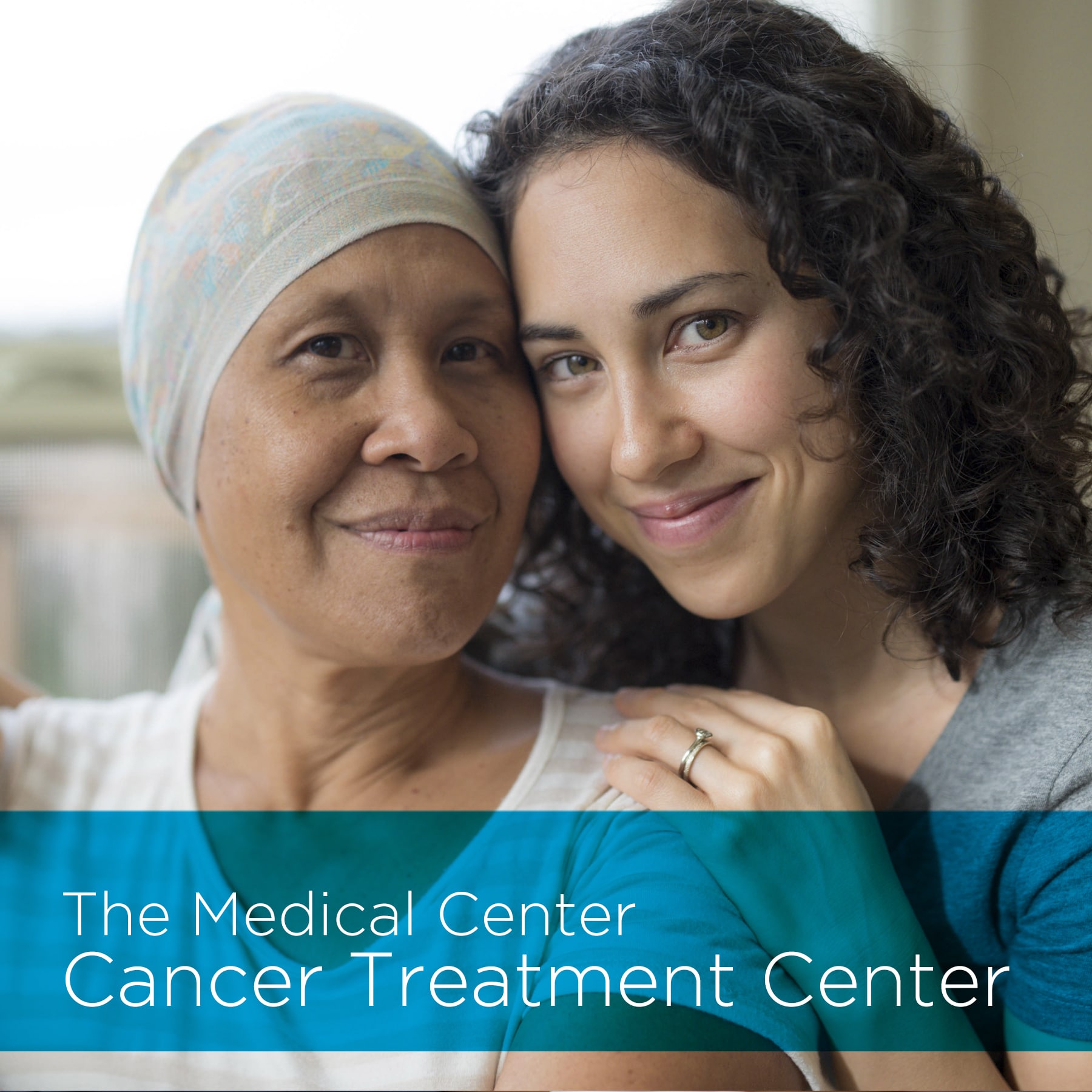High Dose Rate (HDR) Brachytherapy
The Medical Center Cancer Treatment Center offers the most modern radiation treatments, typically available only at larger centers. Our team brings the best care to our community and gives patients more options to cure their cancer.
For those who are diagnosed with cancer, the Department of Radiation Oncology at The Medical Center at Bowling Green offers a variety of advanced treatments close to home, including high dose rate (HDR) brachytherapy for certain types of cancer. Most radiation is delivered with x-rays from outside the body, but HDR brachytherapy works by carefully placing a temporary radiation source inside or next to the tumor.
HDR brachytherapy is a well-established and successful way to deliver radiation used primarily for prostate cancer in men as well as uterine and cervical cancer in women. The Medical Center Cancer Treatment Center is the only center offering this specialized radiation treatment in our region.
Brachytherapy for Men
For men diagnosed with early stage prostate cancer, treatment with HDR brachytherapy usually involves just two outpatient procedures. For more advanced prostate cancer, HDR brachytherapy can be combined with external x-ray radiation treatments to improve the chance of cure. During the treatment under anesthesia, the radioactive source is delivered into the prostate via a catheter where it remains for 10-20 minutes and then is removed. Unlike low dose radiation brachytherapy where radioactive seeds are permanently implanted in the prostate, there is no risk of lingering radiation after treatment.
Whether or not to be screened for prostate cancer is an individual decision. Men who are 50-69 and at average risk are urged to discuss the potential risks and benefits with their doctor. Men at higher risk — African American or with a close relative diagnosed with prostate cancer—may want to consider being screened at an earlier age, usually around 45.
Brachytherapy for Women
For women with cancer of the uterus or cervix, HDR brachytherapy can be a life saver and is often used in combination with external beam radiation therapy. There are multiple brachytherapy techniques available for treating uterine and cervical cancer based on the amount of cancer present.
Uterine Cancer
Uterine cancer usually occurs in women after age 55. Talk to your doctor about the benefits of oral contraceptive pills in reducing your risk, as well as the risks associated with certain hormone replacement therapies. Women who have history of breast cancer or breast masses should talk to their doctor regarding tamoxifen use. Maintaining a healthy weight through balanced diet and exercise is also important for all women.
Some women with early stage uterine cancer benefit from treatment with HDR brachytherapy after surgery. While the patient is awake in the office, a cylindrical device is placed temporarily inside the vagina. The radioactive source is delivered into the device for less than 15 minutes and then the device is removed. Treatments are delivered over 1-3 sessions, with the goal of preventing cancer from coming back.
Cervical Cancer
Human papillomavirus (HPV) can play a role in causing most cervical cancers. The vaccine against high-risk HPV can reduce the risk of cancers of the cervix as well as the anus, penis, and head and neck. Additionally, routine Pap smears can detect cervical cancer early when treatment is most effective.
For cervical cancer, women are often treated with both external beam radiation and HDR brachytherapy. The brachytherapy part of treatment may require a stay in the hospital for several days or require a visit to the operating room. As with all HDR brachytherapy, the radioactive source is not placed permanently in the patient, so there is no lingering radiation in the patient.
“Treatments are personalized and individualized to each woman based on her needs to obtain cure,” says Radiation Oncologist Irene Li, M.D., a specialist in radiation therapy for gynecologic cancer at The Medical Center. “We look forward to providing high quality care to patients right here at home.”
Talk to your doctor about your risk for cancer and available cancer screenings and let them know of any changes in your body you are concerned about.


